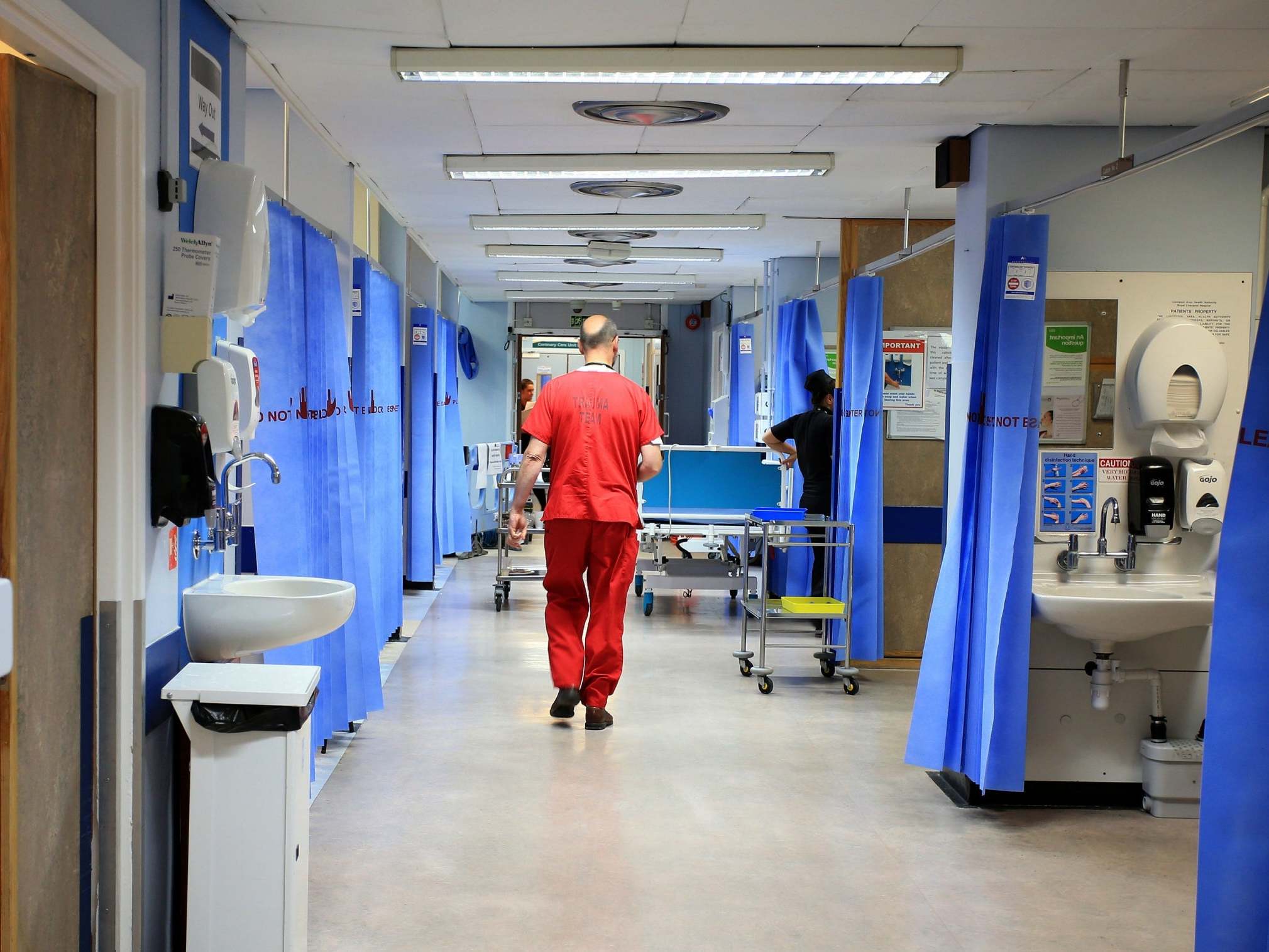NHS hospitals ‘gaming system’ so statistics improve but actual waits for patients lengthen
Patients allegedly sent to new units and omitted from data

Some hospitals are resorting to “gaming the system” as they try to make their A&E waiting times look better, NHS staff members have claimed.
The controversy surrounds same day emergency care (SDEC) units, which are being introduced to all hospitals.
The units are supposed to cater to patients who would otherwise be admitted to hospital.
Staff at SDEC facilities aim to prevent people from being admitted, with more patients being seen and discharged the same day.
But some patients are allegedly being sent to the units, where they can face long waits, while being removed from A&E data.
This has the effect of allegedly improving waiting times on paper, while changing little about the reality on the ground.
Currently hospitals in England are expected to treat, admit or discharge 95% of patients within four hours.
The target has not been met since July 2015, with many experts doubtful the NHS will ever hit it again.
“SDEC as a concept is sound,” said one senior A&E department’s staff member, according to the Health Service Journal (HSJ).
“But what is happening in reality is (some) trusts are just rebranding part of their emergency department as an SDEC unit and saying: ‘These patients no longer count in the four-hour data’.
“But there’s no actual change in clinical practice – it’s just an exercise designed to game the system.
“The patients in the SDEC just end up waiting longer, but are no longer on the four-hour clock.”
The worst year on record for A&E waiting times was recorded by the NHS between April 2018 and March 2019.
In total, 88 per cent of patients were treated or admitted within four hours over the period, according to NHS England.
It was the lowest since figures were first collated in 2004.
“We have huge concerns this is simply gaming the system,” said one member of emergency department staff at University Hospital Southampton Foundation Trust.
“We have rebadged an area in A&E and made it a clock-stopping area. There is no change in the environment or standard of care. Simply changing the name.
“Nothing will change about who sees these patients or where, they just won’t be counted as breaches.

“Our worry is patients will be made to wait over those that are counted.”
The trust’s chief operating officer, Caroline Marshall, said the matter had “already been addressed”.
“While it is important to address any local concerns, there is no evidence of a wider problem, with the new emergency care data set allowing accurate and transparent reporting of SDEC activity and outcomes, supporting regional and national oversight to ensure that it is used appropriately,” Clifford Mann, NHS England’s clinical advisor on A&E, said in a statement.
The NHS is preparing to pilot new targets which could see the four-hour target being scrapped.
Under the new plans, patients with the most serious conditions will receive rapid treatment within an hour, while people with minor conditions can expect to wait longer.
Additional reporting by agencies
Join our commenting forum
Join thought-provoking conversations, follow other Independent readers and see their replies
Comments
Bookmark popover
Removed from bookmarks